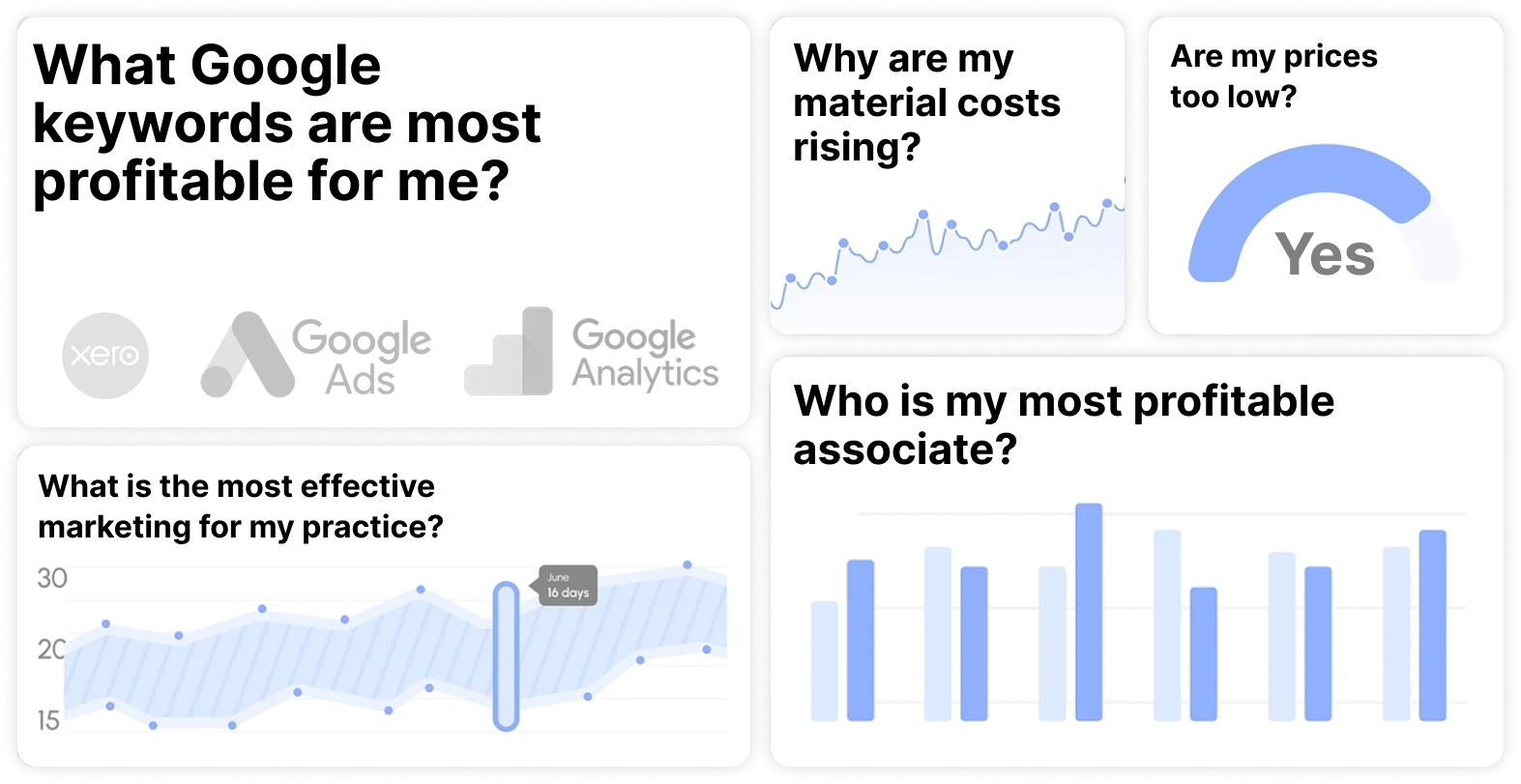Hi {{firstname|everyone}},
I’ve always found it strange how much of the tax work is backward-looking.
We wait for the year to end, collect the papers, run the numbers, and only then do we tell clients what they should have done differently. By that point, the chance to make smarter choices is long gone.
Clients are no longer satisfied with that model.
They want foresight, not hindsight. They want their accountant to tell them what’s coming down the track, not just tally up what’s already happened. And yet, most firms are still locked in this reactive cycle because the manual effort of doing otherwise is overwhelming.
This is where AI is beginning to rewrite the rules.
From Filing Deadlines to Ongoing Decisions
Most firms are trapped in the same pattern: spend eleven months collecting receipts and bank feeds, then one month rushing to meet deadlines.
The client hears about missed allowances, underpaid estimates, or opportunities gone cold only after the year-end close. It’s frustrating for them, and exhausting for the firm.
AI breaks that cycle. With automated transaction monitoring, tax-relevant activity can be picked up as it happens.
💡 In fact, GenAI usage at the enterprise level surged from 8% in 2024 to 21% in 2025, with nearly 79% expecting full integration by 2027.
Instead of a mad scramble at year-end, advice can be delivered in real time.
This changes the client relationship. You’re now the guide who keeps them on the right track throughout the year. That shift alone is enough to keep clients loyal, because few accountants are set up to deliver it consistently.
Predictive Scenarios that Change the Conversation
Where AI really earns its keep is in modelling the “what ifs.”
Tax planning has always been about choices, but clients rarely see the trade-offs laid out clearly. They’re either told what to do, or worse, only learn after the deadline what they could have done.
💡 Stats say, 71% of organizations using AI in finance (including tax) report ROI meeting or exceeding expectations, with 57% of leaders exceeding their own forecasts.
With AI-powered forecasting, firms can model the financial and tax impact of different scenarios instantly. What happens if a client takes dividends earlier? Defers income? Restructures into a group? You can present these choices with numbers attached, not gut feel.
Now, clients see more than reports, they see direction. That makes your role, and your discussions, far more valuable.
Clients who are used to this level of insight will never want to go back to the old model.
Scaling Without the Human Cost
This is where firms usually get stuck.
Everyone wants to provide more proactive advisory, but the manual work it takes is punishing. Try rolling out real-time monitoring and scenario planning manually, and you’ll need armies of staff.
💡 Research by TR shows AI can save professionals up to 4 hours per week (nearly 200 hours per year) in tax and accounting.
AI changes the economics. Routine categorisation, anomaly detection, and compliance checks can run in the background without a single spreadsheet being touched. That frees up your team to focus on interpretation and advice, the very parts clients actually value.
But technology alone isn’t enough. To make this scalable, you need a model that balances cost and control. That’s why we’ve been helping firms build Global Capability Centres in India.
Together, AI plus GCCs give firms the capacity to serve more clients, deliver more advisory, and keep standards high.
Way Ahead with Samera
For years, we at Samera helped Dental Service Organisations (DSOs) build offshore teams in India, giving them scale and control.
We’re now bringing the same model to accountancy firms pairing the right technology with the right team, so firms can actually deliver on the promise of proactive advisory.
If you want to see how AI-powered teams can shift tax work from compliance to proactive planning, we’ve built Samera.ai for exactly that.
Cheers,
Arun
Former Zillow exec targets $1.3T
The top companies target big markets. Like Nvidia growing ~200% in 2024 on AI’s $214B tailwind. That’s why the same VCs behind Uber and Venmo also backed Pacaso. Created by a former Zillow exec, Pacaso’s co-ownership tech transforms a $1.3 trillion market. With $110M+ in gross profit to date, Pacaso just reserved the Nasdaq ticker PCSO.
Paid advertisement for Pacaso’s Regulation A offering. Read the offering circular at invest.pacaso.com. Reserving a ticker symbol is not a guarantee that the company will go public. Listing on the NASDAQ is subject to approvals.




